Karim Rashid is an Egyptian-born and Canadian-raised industrial designer. One of the most prolific designers of his generation, he is most known for devising luxury goods, furniture, lighting, surface design, brand identity and packaging.
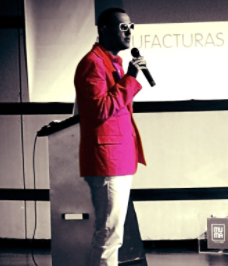
Image source:https://search.creativecommons.org/photos/910c462d-4dbf-4b9d-9380-96ac95db5e1b by monicasecas
Over 3000 designs in production, over 300 awards and working in over 40 countries attest to Karim’s legendary career. Karim’s diversity affords him the ability to cross-pollinate ideas, materials, behaviors, aesthetics from one typology to the next, crossing boundaries and broadening consumers’ horizons.
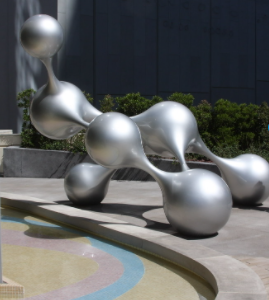
Image source: https://search.creativecommons.org/photos/4885b651-7420-4d3c-bd91-4e2c334c2909
About His Life
Rashid was born in 1960 in Cairo, Egypt to an Egyptian father and English mother. The family emigrated to Canada where Rashid was raised and attended high school in Mimico, Toronto, Ontario. Rashid is the brother of famed architect, Hani Rashid, of Asymptote. His sister is a painter and musician, Soraya Rashid.
Rashid’s first marriage in 1995 was to digital painter Megan Lang, an undergraduate student he met in 1991, when Rashid was briefly teaching as an assistant professor at Rhode Island School of Design. The couple divorced in 2005.
In 2008, Rashid married Ivana Purić, a Serbian chemical engineer. He met her at a party in Belgrade in 2006, while working as an ambassador for the second installment of Belgrade Design Week. Together they have one child, Kiva Rashid born in 2013.
He is based in New York City, as well as Belgrade, Miami, and Mexico.
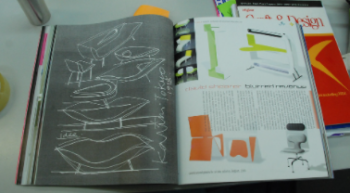
Image source:https://search.creativecommons.org/photos/5ce5fbc4-cf91-4a54-b3a1-7c13e723b523 by Jordanhill School D&T Dept
Rashid’s Studies, Achievements and Teaching Career
After graduating in Carleton in 1982 as an Industrial Designer, Rashid pursued graduate design studies in Naples, Italy, with Ettore Sottsass and then moved to Milan for one year and worked at the Rodolfo Bonetto Studio.
Rashid went on to work with KAN Industrial Designers in Canada for 7 years, where he created x-ray equipment, before co-founding and designing the Babel Fashion Collection and North from 1985 until 1991.
Two years later, in 1993, Rashid opened his own private design studio in New York City.
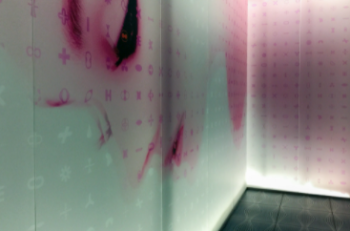
Image source:https://search.creativecommons.org/photos/3c06b311-a811-4f5e-a713-41f7f8106fb6 by ftrc
Karim is a frequent guest lecturer at universities and conferences globally disseminating the importance of design in everyday life. He holds Honorary Doctorates from the OCAD, Toronto and Corcoran College of Art & Design, Washington. Karim has been featured in magazines and books including Time, Vogue, Esquire, GQ, Wallpaper, and countless more.
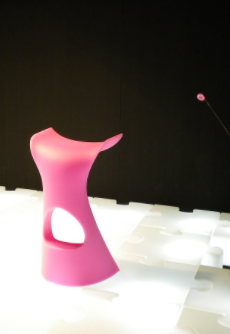
Image source: https://search.creativecommons.org/photos/1a9b7927-950a-4b8e-ba30-878440d242a2 by smowblog
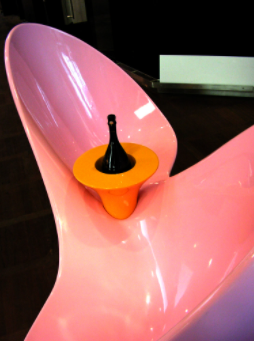
Image source: https://search.creativecommons.org/photos/fa6fcbc7-1008-48ad-8390-82fc3bebd7d7 by phunkstarr
Working for Luxury Companies
Karim’s work is featured in 20 permanent collections. His pieces are exhibited in museums worldwide, including the MoMA, Centre Pompidou, and SFMOMA.
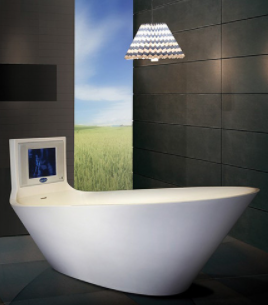
Image source: https://search.creativecommons.org/photos/10e72985-ee07-4028-824b-a271c3ae5676 by highfithome
Rashid’s designs include the Umbra Garbo waste can, the b, a concept store for Giorgio Armani, manhole covers for the sewers of New York, perfume bottles for Kenzo, bobble water bottle, watches and tableware for Alessi, lighting for Artemide and products for b. He has also worked with Audi, Samsung, and Swarovski. In addition, Rashid has designed for Method, Bombay Saffire, Finé Water Japan, Sexy Beast USA, Davidoff, Issey Miyake and Estee Lauder.
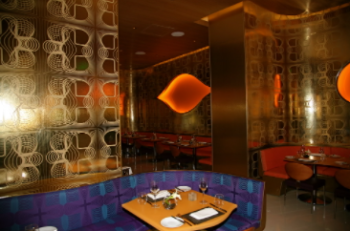
Image source:https://search.creativecommons.org/photos/161e37fd-0f15-4e91-af22-e06774c98d11 by Sarah&Boston
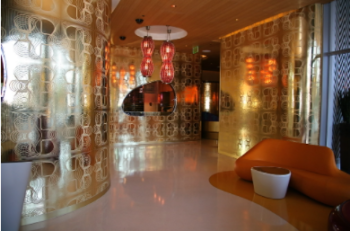
Image source: https://search.creativecommons.org/photos/59a2702c-d76b-43ac-b979-786a4a492065 by Sarah&Boston
Karim Rashid’s Manifesto
Rashid’s beliefs regarding the direction of design are clearly stated in many of his books, like “Design Your Self”, Harper Collins (2006); “Evolution”, Rizzoli (2004) and “I Want to Change the World”, Universe (2001).
The Egyptian-Canadian designer promotes a world-scale change, starting from the revolution of human nature. That is made necessary by the tendency of human nature to live in the past, while the propeller of contemporary design is to thrust and move forward to the future. About this topic, Karim said “I believe that we could be living in an entirely different world […] full of real contemporary inspiring objects, spaces, places, worlds, spirits, and experiences”. Therefore Design is no more about “solving problems, but about a rigorous beautification of our built environments. Design is about the betterment of our lives poetically, aesthetically, experientially, sensorially, and emotionally”.
Rashid’s desire is, therefore, to live in the modus of our time, release humankind from nostalgia, antiquated traditions, and old kitsch rituals and, freed from the past, finally fully participate in the contemporary world.
“For the longest time design only existed for the elite and for a small insular culture. I have worked hard for the last 20 years trying to make design a public subject.”
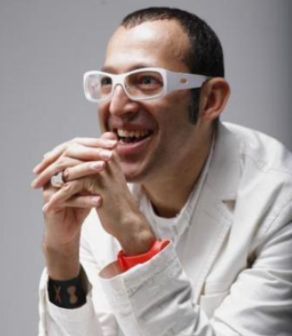
Image source: https://commons.wikimedia.org/wiki/File:Karim_Rashid_2016.png
Info sources:
